Natural Resource Management & Conservation

Natural resource management requires integrative thinking and problem-solving that synthesizes both ecological and social components (i.e., human dimensions). In this line of inquiry, we use social science research theories and methods to examine key environmental issues affecting natural and human communities around the world. Our conservation-oriented research is designed to help land managers and policy-makers develop sustainable solutions to environmental problems by incorporating diverse stakeholders’ attitudes, preferences, and behaviors into decision making processes. These natural resource management projects include studies of:
- Community-based conservation and local environmental governance
- Ecotourism and sustainable development
- Human responses to global environmental change
- Human-wildlife interactions
- Hunter recruitment, retention, and reactivation (R3)
Lab projects related to this research theme are highlighted below. Be sure to check out the papers and presentations pages for more details about key findings associated with each project.
Current/Ongoing Projects
Improving Communication in Wildlife Conservation

Effective communication and messaging are essential mechanisms for building public support for conservation. However, common narratives regarding many wildlife species (e.g., wolves, sharks, snakes, other carnivores) and wildlife-related issues (e.g., zoonotic disease, climate change) are often negatively framed, generating conflict and exacerbating conservation challenges. Our team is employing a variety of strategies and framing experiments to better understand the influence of messaging – especially messaging on social media- on the wildlife-related beliefs, attitudes, and behaviors of demographically and culturally diverse populations. This work should inform the development of communication strategies that reduce bias and negative perceptions and lead to positive outcomes for humans and wildlife.
Understanding and Addressing Human-Carnivore Conflict

Expanding human population and development has exacerbated competition for land, prey, and ecological dominance, producing conflict between humans and large carnivore species. For decades, researchers have worked to understand the sources of this conflict and identify potential mitigation strategies. Management interventions have achieved limited success, however, and most large carnivore populations continue to decline as agonistic interactions escalate. Our lab group is working to identify sources of conflict between humans and carnivores (especially big cats) to identify effective interventions for addressing human-wildlife conflict. In Kenya, we have attempted to develop a Social Suitability Index for conservation efforts. In India, we have investigated diverse stakeholders’ perceptions of and support for conservation and wildlife tourism around tiger reserves, as well as the complex relationship between tourism and biodiversity conservation. Globally, we are currently working with a diverse team of stakeholders in a participatory system dynamics modeling process to understand the factors influencing wild tiger conservation.
Hunter Recruitment, Retention, and Reactivation (R3)

For nearly a hundred years, hunters and anglers have formed the backbone of financial support for wildlife conservation in the United States. As the number of participants in those activities declines, state agencies are struggling to find the resources needed for effective wildlife and habitat management. With the support of the Association of Fish & Wildlife Agencies and the U.S. Fish & Wildlife Service, we are working with colleagues at multiple universities and wildlife management agencies across more than 20 states to address this challenge and diversify the future of hunting. Our goal is to explore factors contributing to declining hunting participation and identify best practices for recruiting new hunters from non-traditional hunting backgrounds. We are interested in characterizing and reshaping the “social habitat” for hunting among diverse populations of youth and young adults, with an emphasis on college students – including those from historically underrepresented backgrounds.
Completed Projects
Building Local Capacity for Environmental Governance
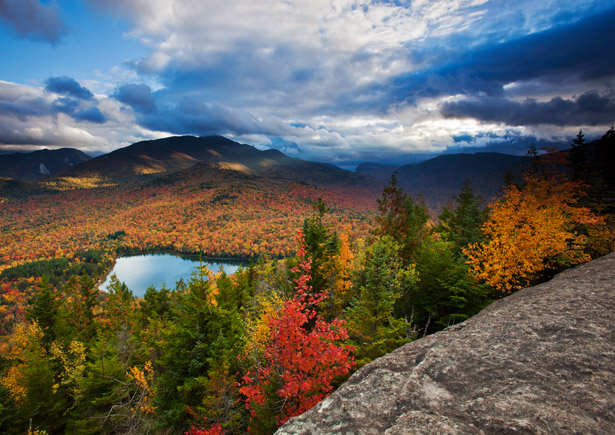
Governments face an array of challenges related to environmental conservation, and these challenges vary widely in type, scope, and rate of change. Working with researchers at Cornell University, we examined factors that influence the capacity of local governments to manage natural resources in the face of change. Using interviews and survey methods, we explored emerging environmental issues around NY state (e.g. hydrofracking in the Southern Tier, climate change in the Adirondacks, open space development in the Hudson Valley) and attempted to understand how local governments mobilize resources to address these conservation concerns. (2012-2017)
Protected Area Management in Sierra Leone
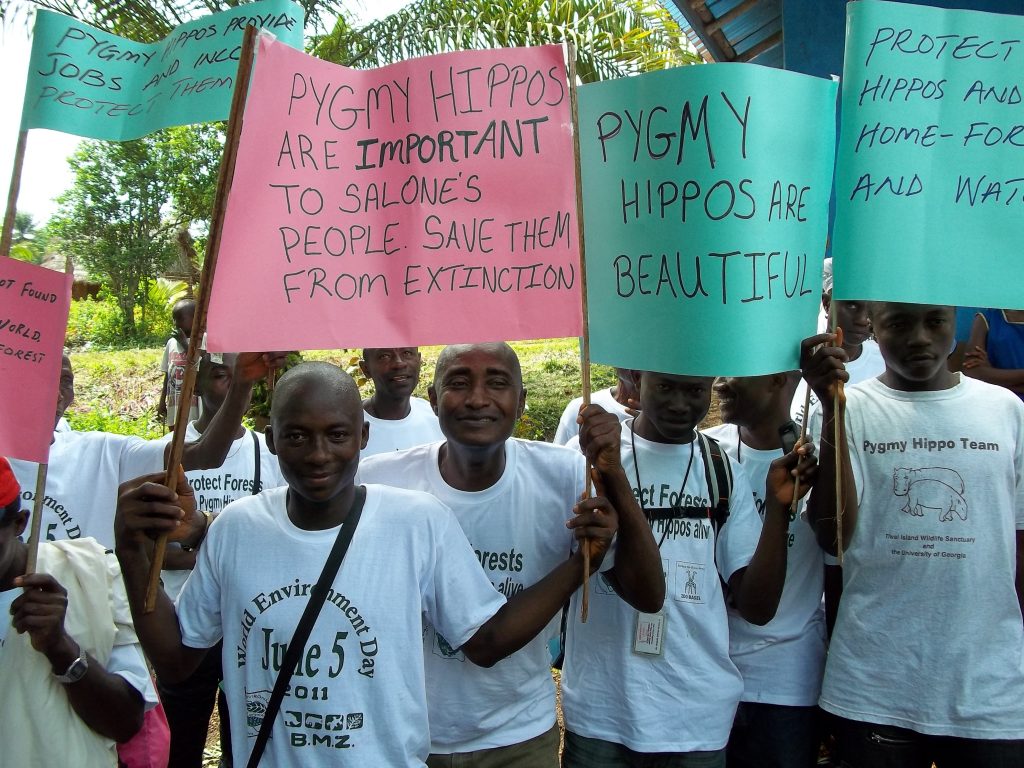
In this project, we partnered with a team of University of Georgia researchers on an IUCN-supported project studying multiple aspects of pygmy hippopotamus conservation around a protected area in Sierra Leone, Africa. The human dimensions portion of the project explored the nature of human-wildlife interactions around the Tiwai Island Wildlife Sanctuary, including local attitudes towards protected area management. We also examined the effects of education and training programs on the attitudes of local villagers, with the ultimate goal of building the capacity for sustainable community-based conservation. (2011-2016)
Citizen Scientists’ Attitudes Toward Invasive House Sparrows

House sparrows, a non-native bird exempt from federal, state, and local protection, are a major threat to nesting passerines in the United States. Participants engaged in citizen science bird nest monitoring projects throughout the country (e.g., NestWatch) are aware of and concerned about house sparrow encroachment, and many groups have developed explicit recommendations for managing sparrow populations and mitigating threats to native nesters such as bluebirds (e.g., http://www.sialis.org/hosp.html). In this study, we partnered with researchers at the Cornell Lab of Ornithology to examine the overall effectiveness of current management strategies and the impacts of the citizen science programs on the beliefs, attitudes, emotions, and subsequent behaviors of NestWatch participants with respect to house sparrows and sparrow management. (2013-2016)
Social Drivers of Urban Bird Feeding

Many urban residents enjoy feeding birds, but this supplemental feeding behavior often results in high-density avian congregations and potentially negative ecological consequences. To explore the motivations behind the activity, assess the extent of the practice, and evaluate ecological impacts (both real and perceived) associated with urban bird feeding, we worked with a University of Georgia team to study peoples’ participation in and perceptions of supplemental feeding behavior in urban parks across south Florida. The assessment which was conducted in conjunction with a study on white ibis health and disease risks in the region, was designed to help inform the management of urban bird populations and the humans who interact with them. (2012-2017)
Public Attitudes Toward Invasive Species Management
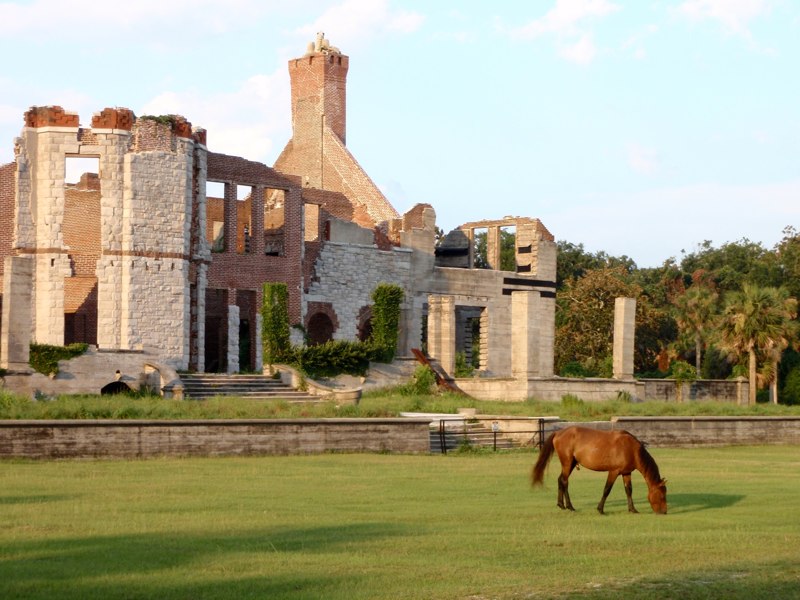
This project involved a partnership with colleagues at the University of Georgia and the National Park Service to assess visitor attitudes toward and preferences for invasive species control at Cumberland Island National Seashore (CUIS), GA. In addition to yielding new information regarding public perceptions of non-native pests at CUIS, the research provided an analytical framework for evaluating stakeholder preferences, minimizing potential conflict, and maximizing socially acceptable and ecologically beneficial outcomes to educate park visitors and inform invasive species management on a much larger scale. (2009-2012)
Sustainable Tourism at Machu Picchu, Peru

Using primary and secondary data sources, we conducted a thorough review of the complex environmental, social, and economic challenges facing managers of the Historic Sanctuary of Machu Picchu, a UNESCO World Heritage Site. The research resulted in the development of an adaptive management framework that could be used to support sustainable tourism efforts at the world-famous destination and other areas facing similar threats. (2009-2011)
Other Past Projects Linked to the Lab
Visitor Perceptions of Climate Change in a National Park
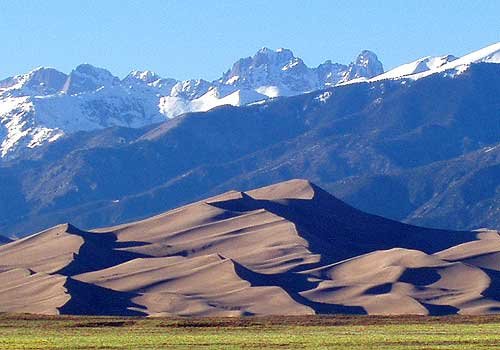
In collaboration with colleagues at the National Park Service and Clemson University, we assessed general attitudes toward climate change and the perceived importance and vulnerability of climate-sensitive resources within Great Sand Dunes National Park in Colorado. This research framework could be used to explore social and environmental impacts of climate change in other U.S. national parks. (2010-2012)
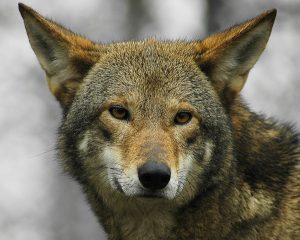
Red Wolf Recovery in Eastern North Carolina
Dr. Larson served as a Red Wolf Outreach Intern, working closely with the Red Wolf Coalition, Defenders of Wildlife, and the US Fish & Wildlife Service to assist with fundraising, outreach, and research efforts related to red wolf (Canis rufus) recovery in eastern NC. (2004)
Coyote Behavior and Ecology
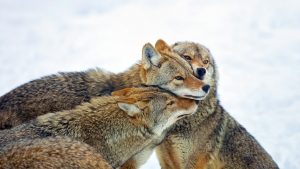
Dr. Larson worked as a field technician on the Yellowstone Ecological Research Center’s long-term study of coyote (Canis latrans) behavior, ecology, and population dynamics in Yellowstone’s Lamar Valley. The project included field observations, radio telemetry, GIS mapping, and a variety of other research techniques designed to investigate predator-prey dynamics across spatial and temporal scales. (2004)
Macaw Behavior, Reproduction, & Response to Tourism Activities
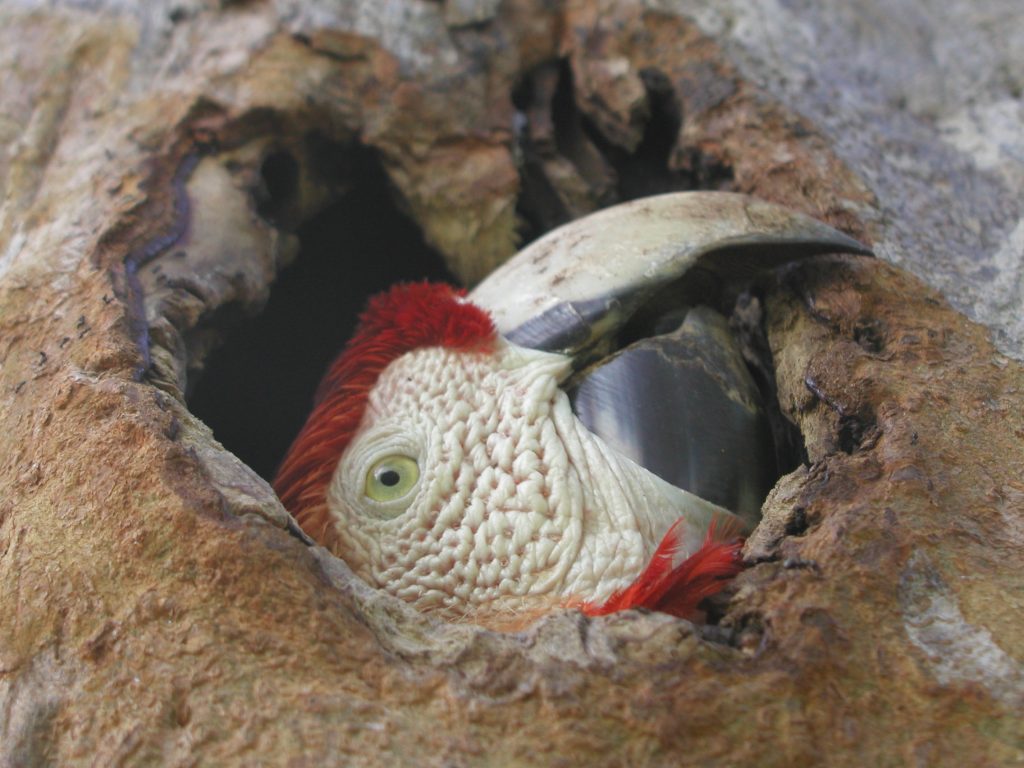
Dr. Larson worked on the Tambopata Macaw Project, a long term study of the ecology and conservation of macaws and parrots in the Amazon basin of Peru. The study included many different components designed to assess the effects of human activity and land use change on bird populations and behaviors and involved multiple data collection methods such as nest-climbing, chick nurturing, clay-lick observations, and bird census counts. (2003-2004)
Effects of Human Activity on Brown Bear Feeding & Habitat Use
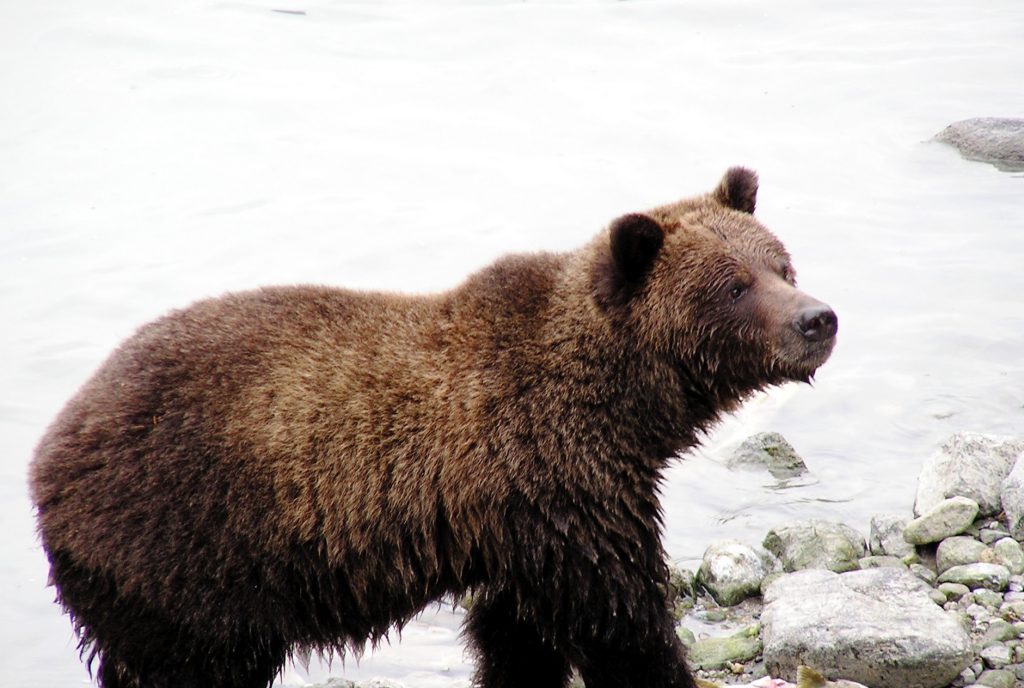
Dr. Larson worked on the Chilkoot Bear Project, which evolved as a collaborative effort to address resource management issues in Alaska’s Chilkoot River Corridor – eventually leading to the creation of the Alaska Chilkoot Bear Foundation. Data collection on the project involved monitoring of brown bear (Ursus arctos) habitat use patterns and bear-human interactions along the popular salmon river. (2003)
Development of Foraging Behavior in Prosimian Primates
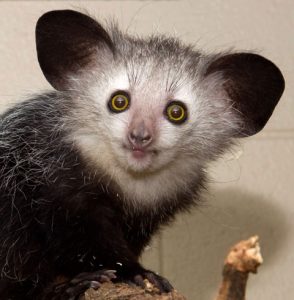
As an undergraduate at Duke University, Dr. Larson used the Duke Lemur Center to conduct an independent study investigating the functional utility of two distinct prosimian primate life history strategies. The study involved an examination of the juvenile period duration and the development of complex foraging skills among two species, the ringtail lemur and the aye-aye. (2002-2003)